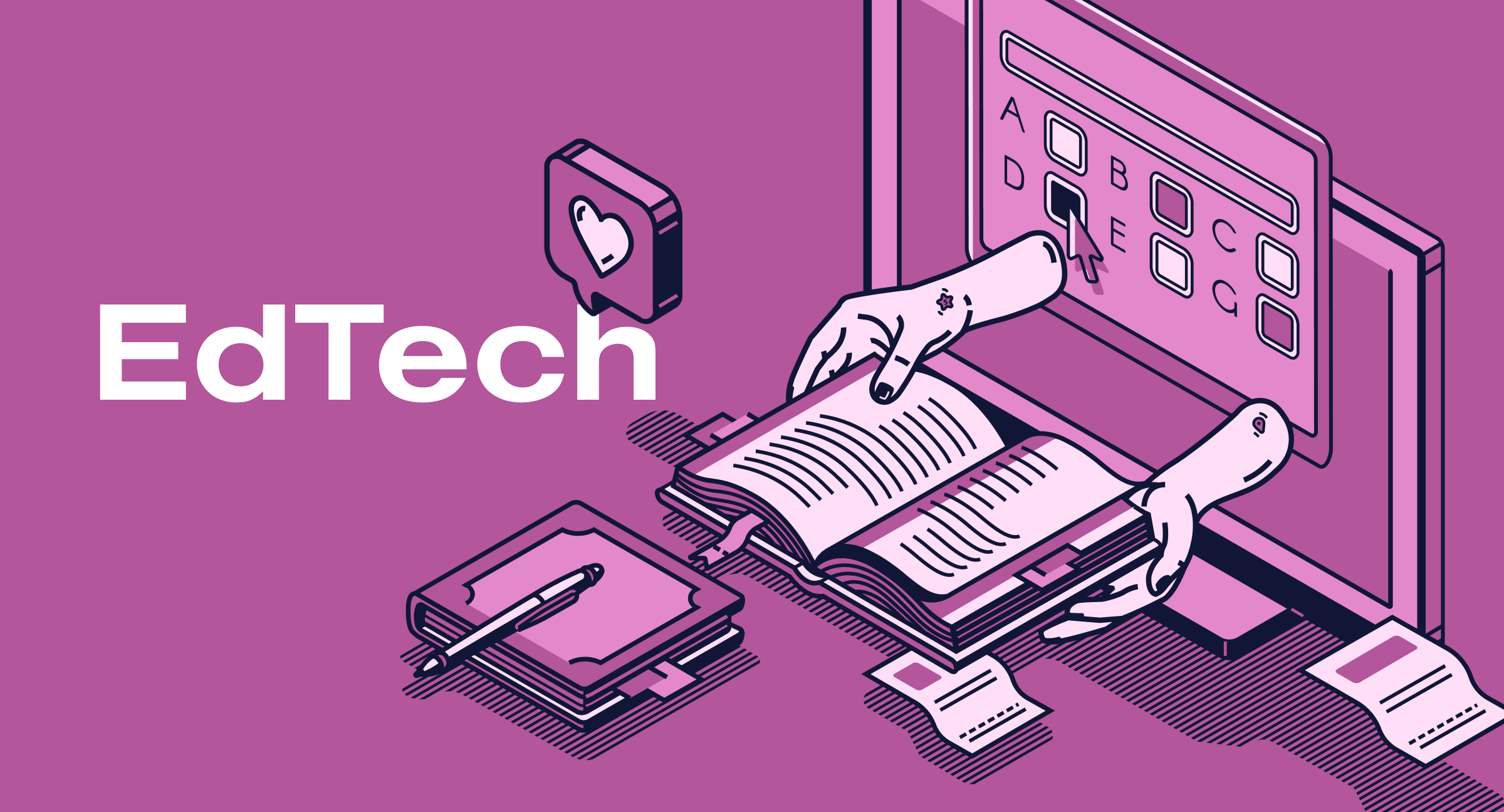
Intitulé du Master : Didactique et Langue Appliquée
Semestre 03
Intitulé de l’UE : Découverte
Intitulé de la matière : Educational Technologies (ED) Crédits : 1
Coefficients :1
Objective de L’enseignement: (Décrire ce que l’étudiant est censé avoir acquis comme
compétences après le succès à cette matière – minimum 3 lignes).
- Students will be acquainted with the different educational technologies to use in education.
Connaissances préalables recommandées: (descriptif succinct des connaissances requises pour pouvoir suivre cet enseignement – minimum 3 lignes).
- Know basic theories and approaches of education
Contenu de la matière:
Ø Educational Technologies : Definitions and related terms
Ø Relationship between education and technology: How technology facilitate learning.
Ø Learning theories and technology: How technologies are invented based on learning theories:
§ Behaviourism
§ Cognitivism (Digital media…)
§ Constructivism
Ø Transformative learning/teaching
Ø Learning Technologies:
§ Computer Assisted Language Learning (software tools)
§ Mobile Assisted Language Learning
§ Digital Tools (books, journals, game based learning tools (drill-and- practice)
§ Presentation tools through visual learning: audio, video, text, photos, interactive whiteboard, Google classroom, zoom, Microsoft teams…
§ Cloud Technologies
§ Moodle
Ø Collaborative and social Learning
Ø Educational Technologies: Evaluation and Assessment
Ø Educational Technologies: Futuristic Vision
Mode d’évaluation: Examen 100%
Références : (Livres et Polycopiés, site internet, etc.)
Bransford, J; A. Brown; R. R. Cocking, eds. (2000). "Technology to support learning". How people learn: Brain, mind, experience. Washington, DC: National Academies Press
Bruce, B. C., & Levin, J. A. (1997). Educational Technology: Media for Inquiry, Communication, Construction, and Expression. Journal of Educational Computing Research,
17(1), 79–102.
Bush M. & Terry R. (1997) (eds.) Technology-enhanced language learning, Lincolnwood, Illinois: National Textbook Company.
Davies G. & Higgins J. (1982) Computers, language and language learning, London: CILT. Day, R; Payne, L (1987). "Computer-managed instruction: an alternative teaching strategy". J Nurs Educ. 26 (1): 30–6.
Geer, R.; Sweeney, T. (2012). "Students' voices about learning with technology". Journal of
![]() Social Sciences. 8 (2): 294–303.
Social Sciences. 8 (2): 294–303.
Harasim, L., Hiltz, S., Teles, L. and Turoff, M. (1995). Learning Networks: A Field Guide to
Teaching and Learning Online. Cambridge, MA: MIT Press.
Hiltz, S. (1990). "Evaluating the Virtual Classroom". In Harasim, L. (ed.) Online Education: Perspectives on a New Environment. New York: Praeger
Hubbard P. (2009) (ed.) Computer-assisted language learning, Volumes I-IV, Routledge: London and New York
Levy M. (1997) CALL: context and conceptualisation, Oxford: Oxford University Press. Mahesh, Raisinghani (2016). Revolutionizing Education through Web-Based Instruction. Hershey, PA: IGI Global.
Molenda, M. (2008). "Historical foundations". In M. J. Spector, M. D. Merrill, J. Merrienboer,
& M. P. Driscoll (Eds.), Handbook of Research on Educational Communications and
Technology (Third., pp. 3–20). New York, NY: Lawrence Earlbaum Associates.
https://www.iste.org/ https://classroom.google.c om/u/0/h https://moodle.org/
https://blog.feedspot.com/educational_technology_blogs/
- Enseignant: Kerroum Fathia
